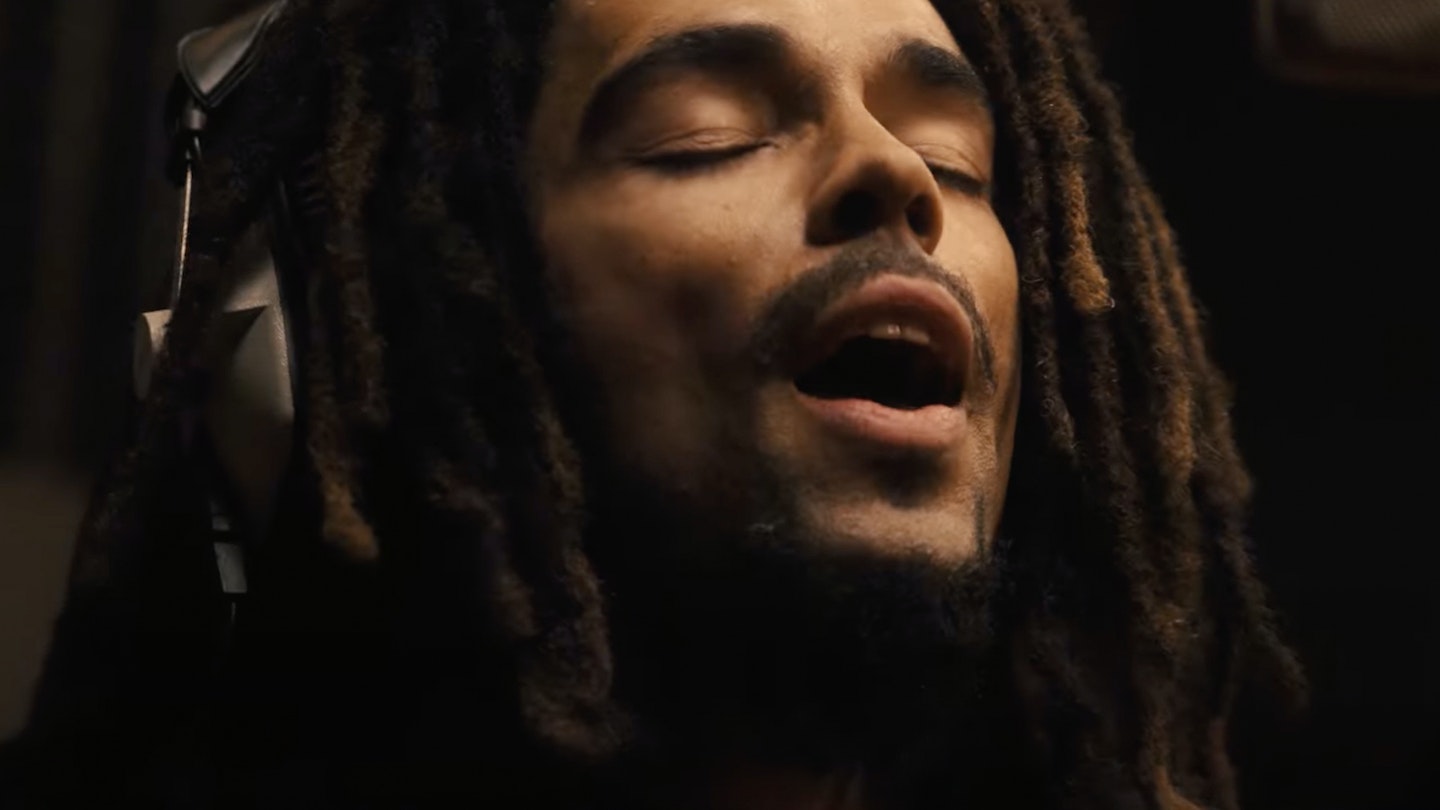Given the rash of music biopics in recent years — your Bohemian Rhapsody, your Rocketman, your Whitney Houston: I Wanna Dance With Somebody to name just three, it was only a matter of time before Reggae legend Bob Marley joined the list.
Bob Marley: One Love is on the way, directed by a man with some experience bringing real-life stories to the screen: Reinaldo Marcus Green, who last made the Oscar-winning King Richard about the father of tennis legends Venus and Serena Williams.
He has Kingsley Ben-Adir playing Marley, with Lashana Lynch as wife Rita and, thanks to close collaboration with the singer's family, full rights to use the Marley musical catalogue.
With the new trailer for Bob Marley: One Love online, Empire got him talking about why he decided to take the gig, shooting in Jamaica and London and what he learned about the musical icon while working on the film.
Get Up, Stand Up
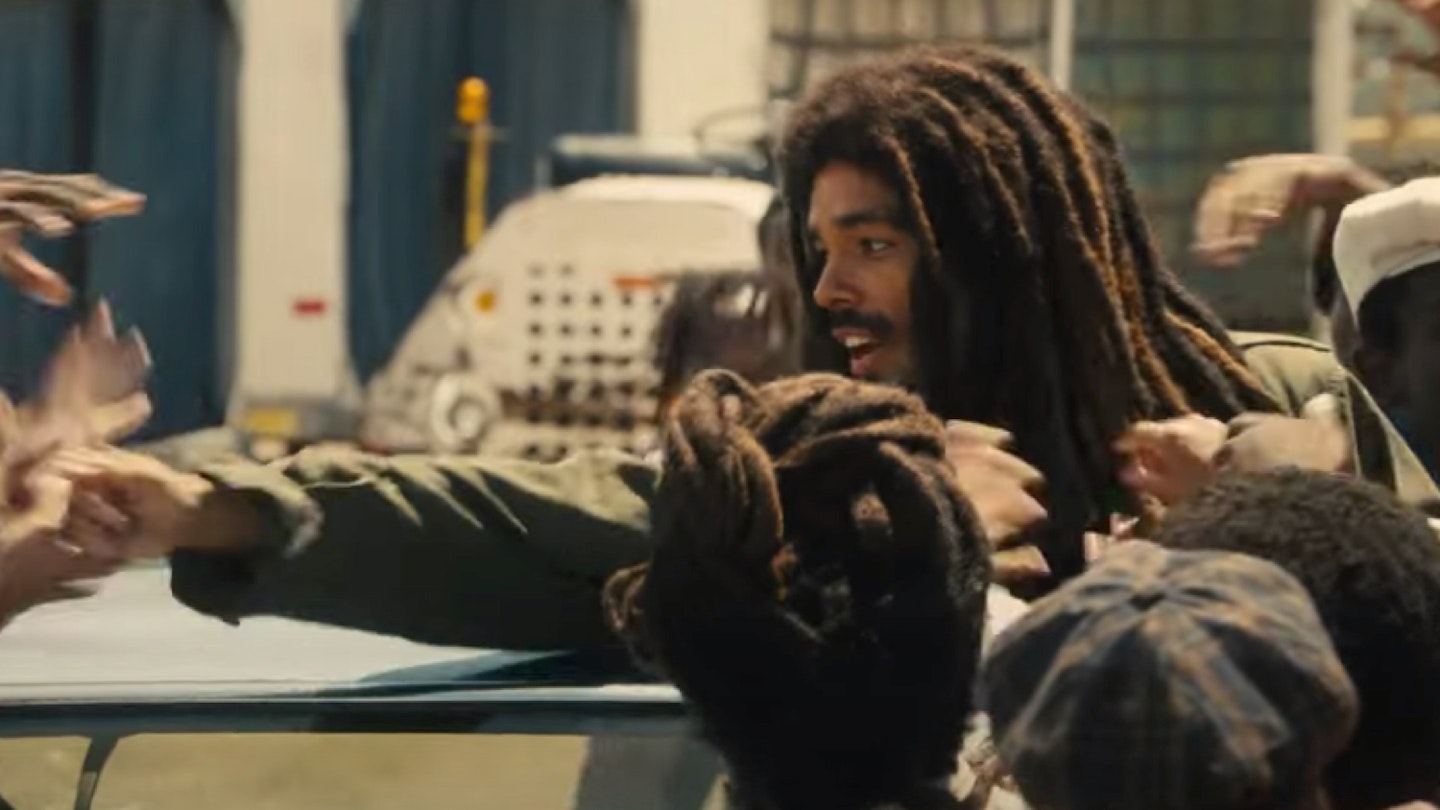
The studio conducted a long search for the right director, and eventually landed on the King Richard filmmaker, who immediately knew it was something he'd want to tackle.
"I think it was one of those things; the timing was on my side," says Green. "I was in the edit on King Richard when I first received the script and was contacted by Bob Teitel, one of our producers, and Ziggy Marley. I remember that the script was in transition and needed some support."
Green brought in Zack Baylin, who had worked on the screenplay for Richard to start polishing the One Love script. And he had some interesting personal connections to Marley's life.
"I’ve always loved Bob, his music was playing in my household growing up," Green explains. "I was thinking, how serendipitous. Somehow it felt like it was written for me; Bob Marley lived at 42 Oakley Street in London and 42 is my favourite number. There were all these weird signs calling me to this film. And I think what Bob sang for, his message of unity and peace and love are the things I believe in as a human being. I’m sure they’ve been trying to make a Marley move for years and it’s never happened and somehow it’s falling on my doorstep. I just thought, 'yeah it’s a gigantic risk because Bob is so beloved and an icon, a fascinating character and he has a cult following so you don’t mess with Bob, you can’t get him wrong.'"
Satisfy My Soul
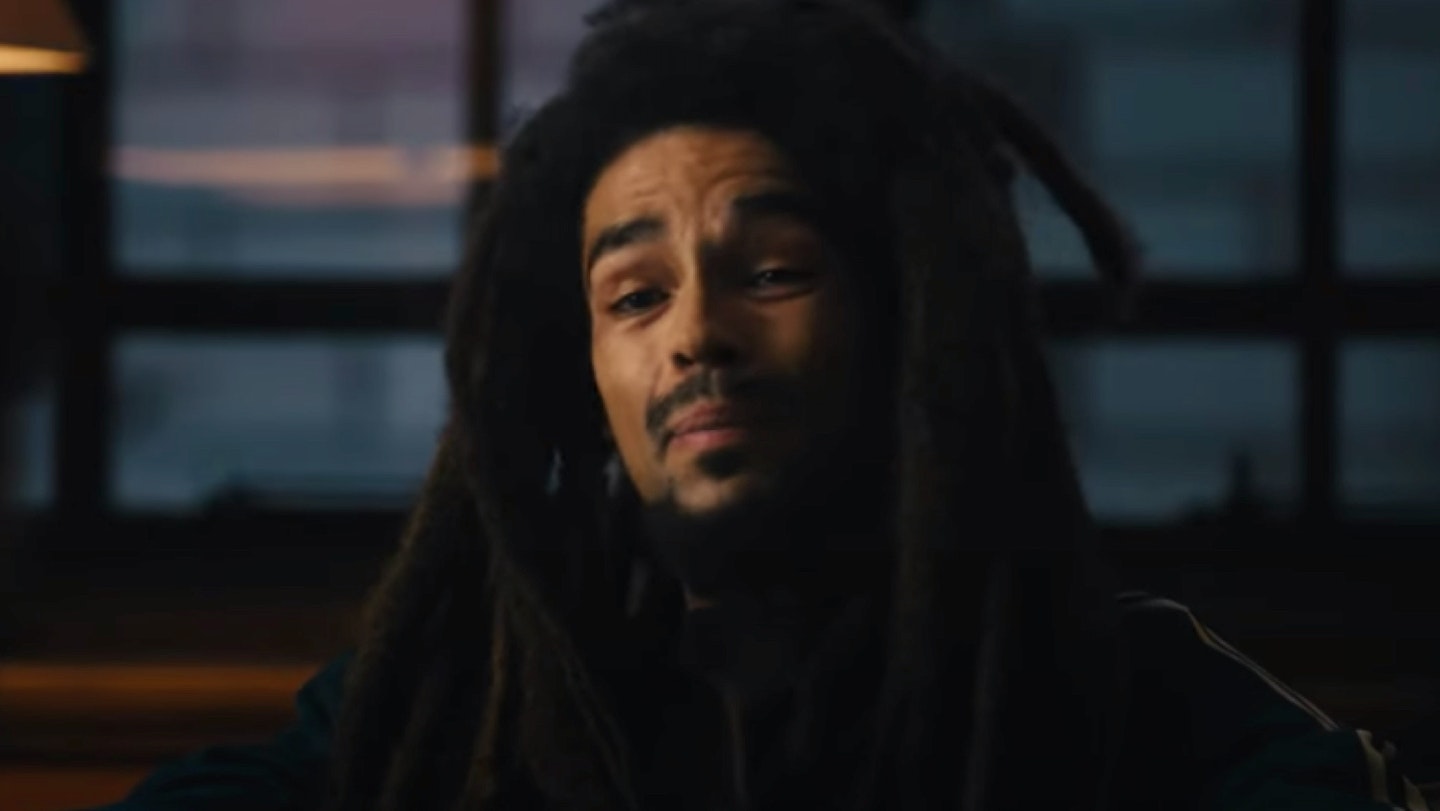
Green knew that the only way a Marley biopic would work was if the right person played Bob. In fact, he admits he almost saw it as an insurance policy – if he couldn't find the perfect actor, it would be a sign not to make it at all.
And then Kingsley Ben-Adir submitted his audition tape.
"I wasn’t that familiar with Kingsley’s work," Green admits. "But what his tape did was unlike any other casting tape that had come in. There were a lot of people who were mimicking Bob, and what he did was an interpretation. He really turned it into his own. What I appreciated about that is, there’s only one Bob Marley, you’re never going to be able to create that, but getting the essence of Bob and really focusing on channelling that and I saw that in the tape. I remember talking to Ziggy [Marley] after that and how impressed we were with the foundation."
Ben-Adir seemed like the ideal choice as an actor, but the team didn't know if he could pull off the musical side. But not one that Green was too worried by.
"Whether he could sing, dance, do all the other things, that was the question, but as with King Richard, I didn’t need the girls to play tennis, I needed them to be good actors," he explains. "I was looking for an actor, not a musician. We put him through the wringer and the tests, chemistry tests, make-up tests and I knew we had a fighting chance to make something special. And he delivered!"
No Woman, No Cry
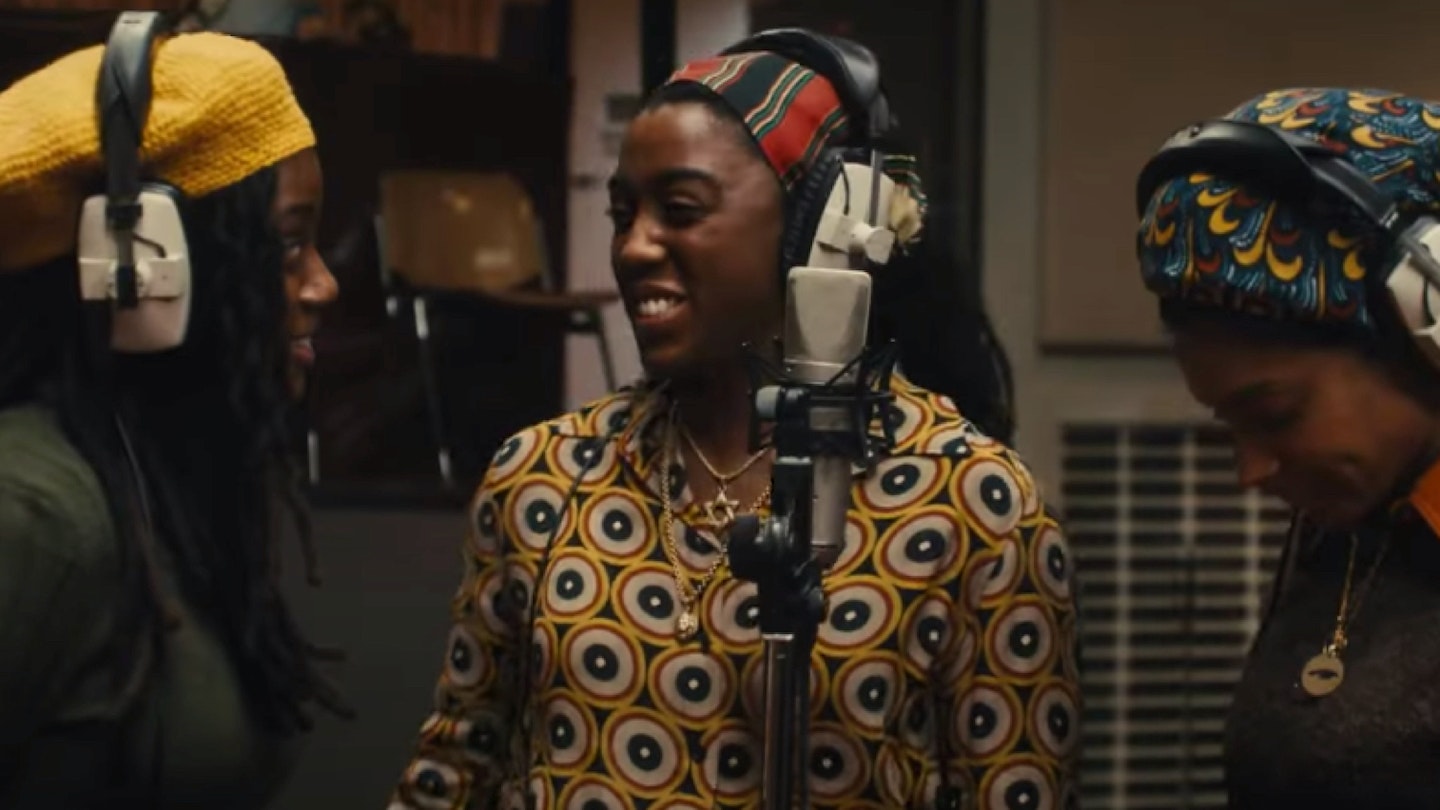
Right alongside Ben-Adir in the film is Lashana Lynch as Bob's wife, Rita. And Green feels lucky he was able to find her.
"I did know a little bit more about her because of No Time To Die, and when I learned that she was Jamaican, it made me even more excited about her. I hadn’t seen too much dramatic work from her, but I just thought she had a really interesting presence and such a strength and elegance, there was just something about her and how she carries herself, this resiliency that I thought the camera would soak it up. And she’s just such a talent. In working with her, you realize she’s a force. I think the sky’s the limit for her. There’s something magical about how she understands the camera, how less is more, there’s something really smart, intelligent and extremely vulnerable about how she is able to capture Rita Marley’s spirit. She does the work, and I think she’s terrific in the film. Her and Kingsley together are off to the races!"
Trench Town Rock
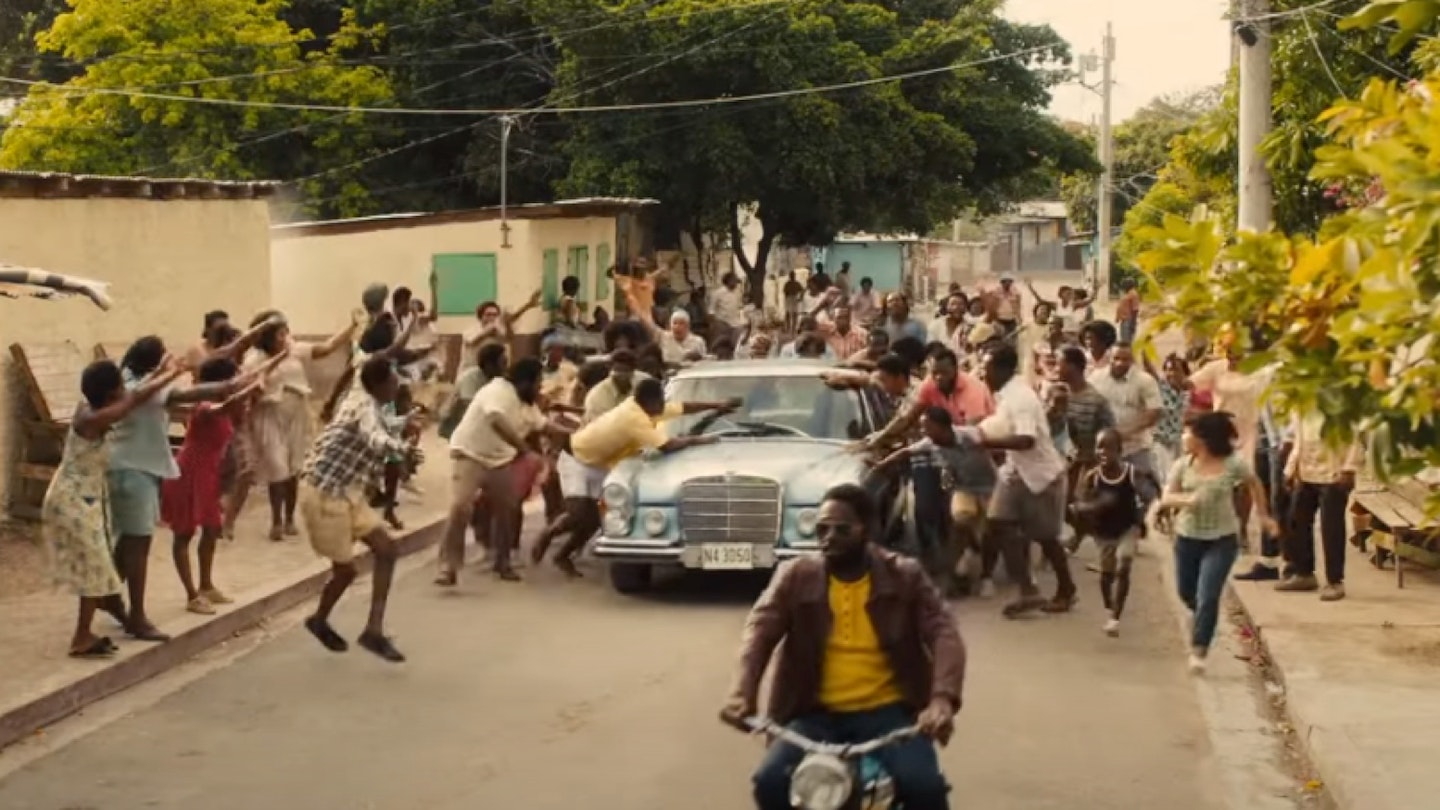
It's impossible to separate Marley from his birthplace, and Green knew that it was imperative to shoot part of the film there. It didn't hurt that he already had experience there…
"It was rewarding for me because I was returning there after shooting my episodes of [Channel 4/Netflix series] Top Boy. My episodes shot in London and Jamaica, so it was one of those weird signs… I had a foundation in both places, so going back to Jamaica was a homecoming for me," Green says. "I knew the crew, the security staff, the drivers. There was a kinship and I felt honoured to shoot in Jamaica. We had the support of the Jamaican prime minister, the local community. It was amazing."
But it wasn't all plain sailing…
"It’s 110 degrees in the shade! It’s hot, sweaty, it’s all the elements but I embraced them — it makes it real; it makes it raw. We don’t have to spray sweat on you, it’s real and that’s what makes the film feel raw and authentic and less staged," Green says. "Of course, there’s more pressure, there’s no doubt about it because you want to deliver something that’s not yours, this film is much bigger than any one person, it is a gift. I felt that way, I’m sure so many of our crew and cast felt that way. You want to protect it because it feels sacred."
Roots, Rock, Reggae
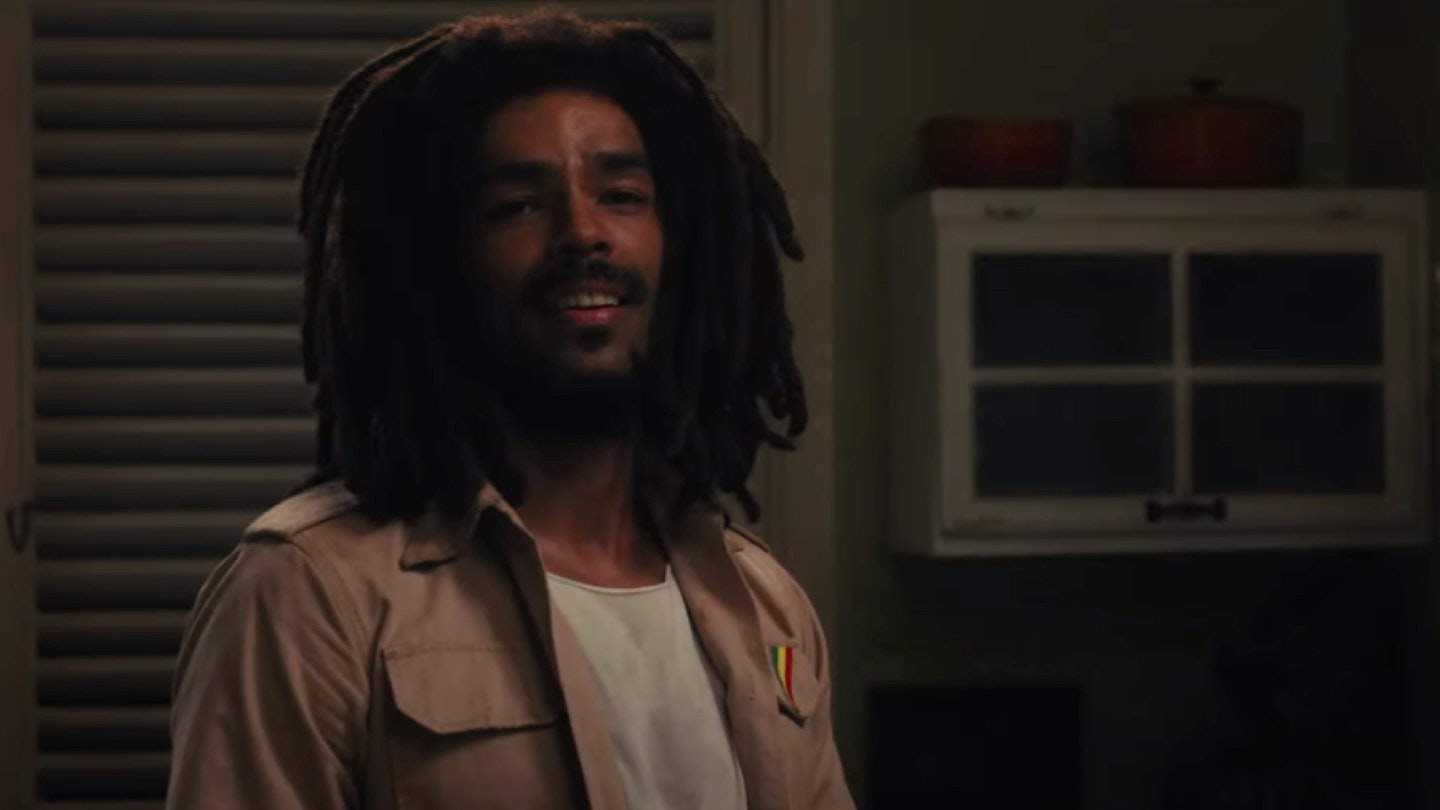
One particular location on the island required extra effort, including building a version of Marley's home.
"We built an identical replica to the house and the reason for that is twofold," explains Green. "One, the original house is a working museum in Jamaica and for people who go there, we don’t want to disrupt that. And two, being able to build the house gave us more access. The house we built is probably more accurate than the museum because that street that it’s on has changed tremendously, the foliage had changed from the original pictures. They did an amazing job, the local Jamaican workers, who got it up literally the day we were shooting. I can’t say more about the work ethic, how game they were for this film. It made you feel like I was doing it for the right reasons."
Misty Morning
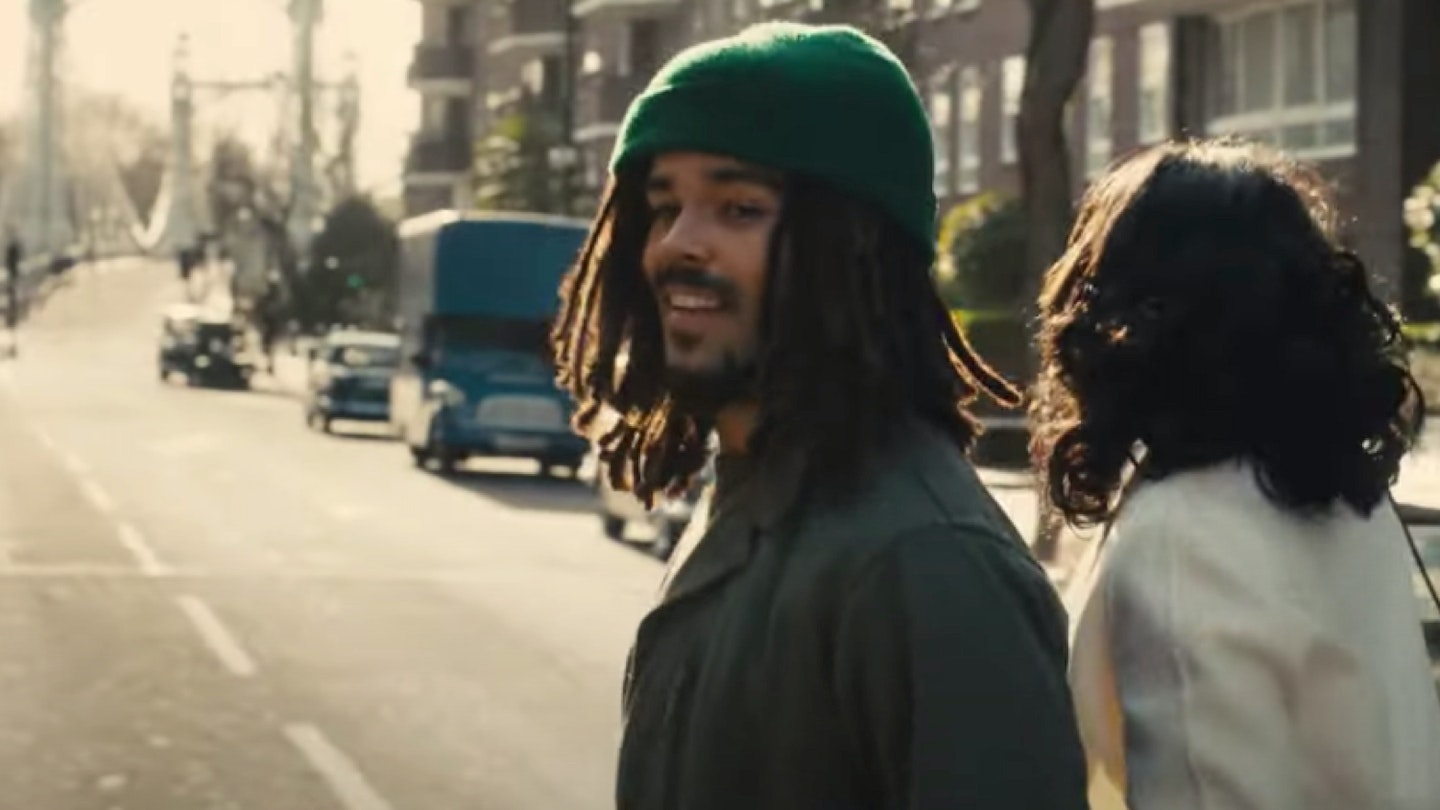
London was also an important location, since Marley spent plenty of time living there too. And the capital brought its own challenges…
"It was complicated given the number of productions that were shooting at the same time. We were still coming out of Covid, and there was a shortage of stage space, practical locations and more, but we had an amazing production designer, Chris Lowe, who came from the Bond world and had done lots of things as an art director, and he was amazing with his team. And the locations team and how wonderful they were."
Redemption Song
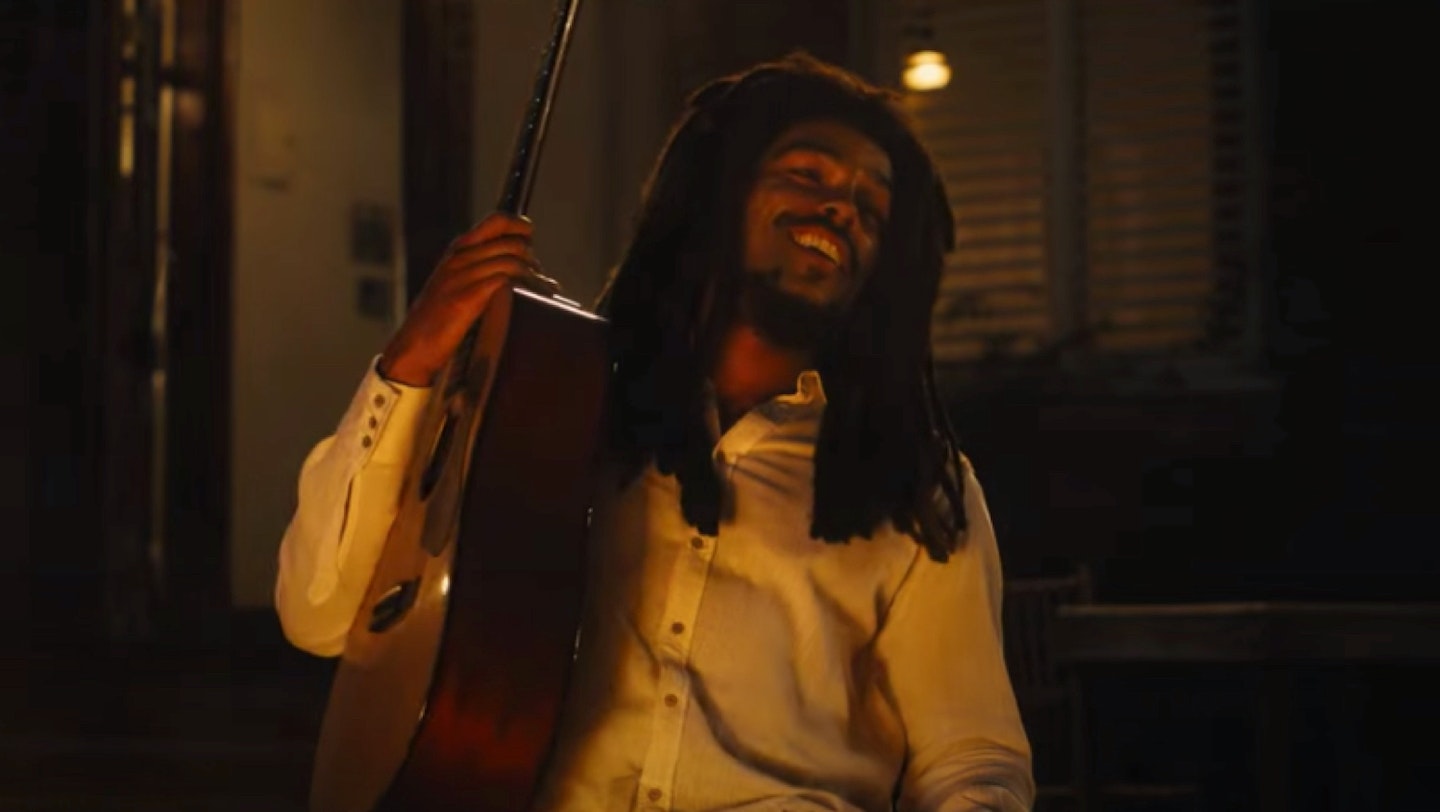
For Green, the experience of making One Love led him to want to learn more about how Marley worked.
"As a fan of Bob, I was a fan of his tunes like most people. But I never really dove into the lyrics of the music in the way we had to for this film, I never really quite dissected the meaning of the songs in the way we did. So, the words have taken on a new meaning, and I guess I wanted to make a film that gave us, the audience, access to that, that he was singing for something deeper, even if it was a joyous thing, that he was operating on another level, Bob was a musical genius. Can we peek behind the curtain to how that process of making the music is, and I wanted the film to organically take you into spaces that we never could go into. What was it like when Bob was creating music in his bedroom? How did he write? Did he write with pen and paper, did he write with a guitar? A lot of people say Bob wrote all day, because he talked to people, and he’d take those conversations and turn it into song."
Jamming
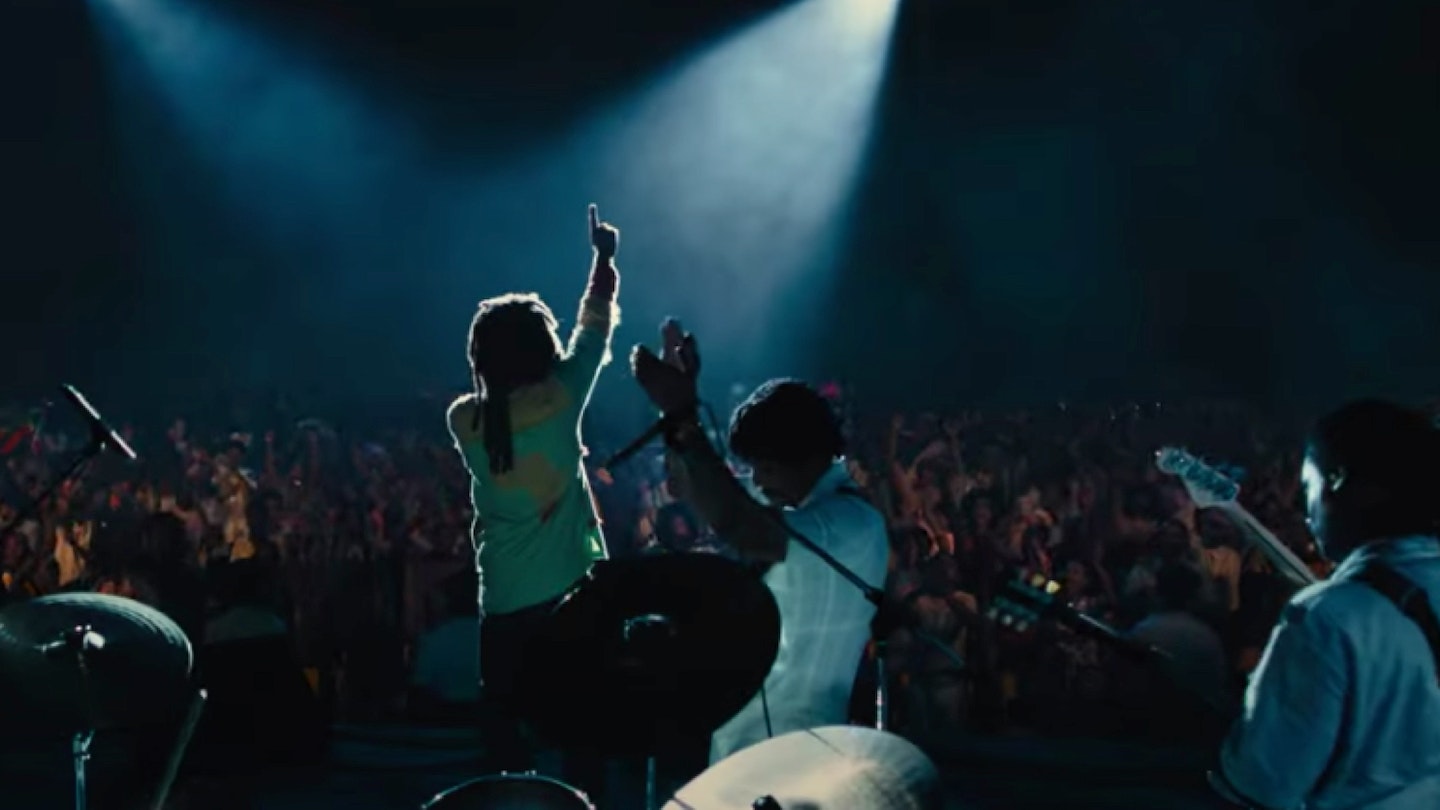
Marley's concerts were always events, and Green knew he wanted to get them right. As it turns out, he was helped by people who were involved back in the day.
"Any time you’re doing large crowd work at night with effects and screens and huge crowds, dance routines, they’re complicated," says Green. "The good thing is that we were shooting a period piece and so in the authenticity of it, the lighting was quite lo-fi back then. The late great artistic designer Neville Garrick was the lighting designer for all of Bob’s shows, so it was amazing to have him on set as a consultant, talking about the lights he used, the colours he used, he was very specific and who got a top light, who did. So [Robert] Elswit [cinematographer] and I really, really loved the lo-fi nature and tried to embrace that there was something real about it. It wasn’t overly lit, and it doesn’t feel false to what it was, and Robert was so great about making that come to life. Still making it beautiful and cinematic, but really trying to stay true to the authenticity of how that was made."
One Love
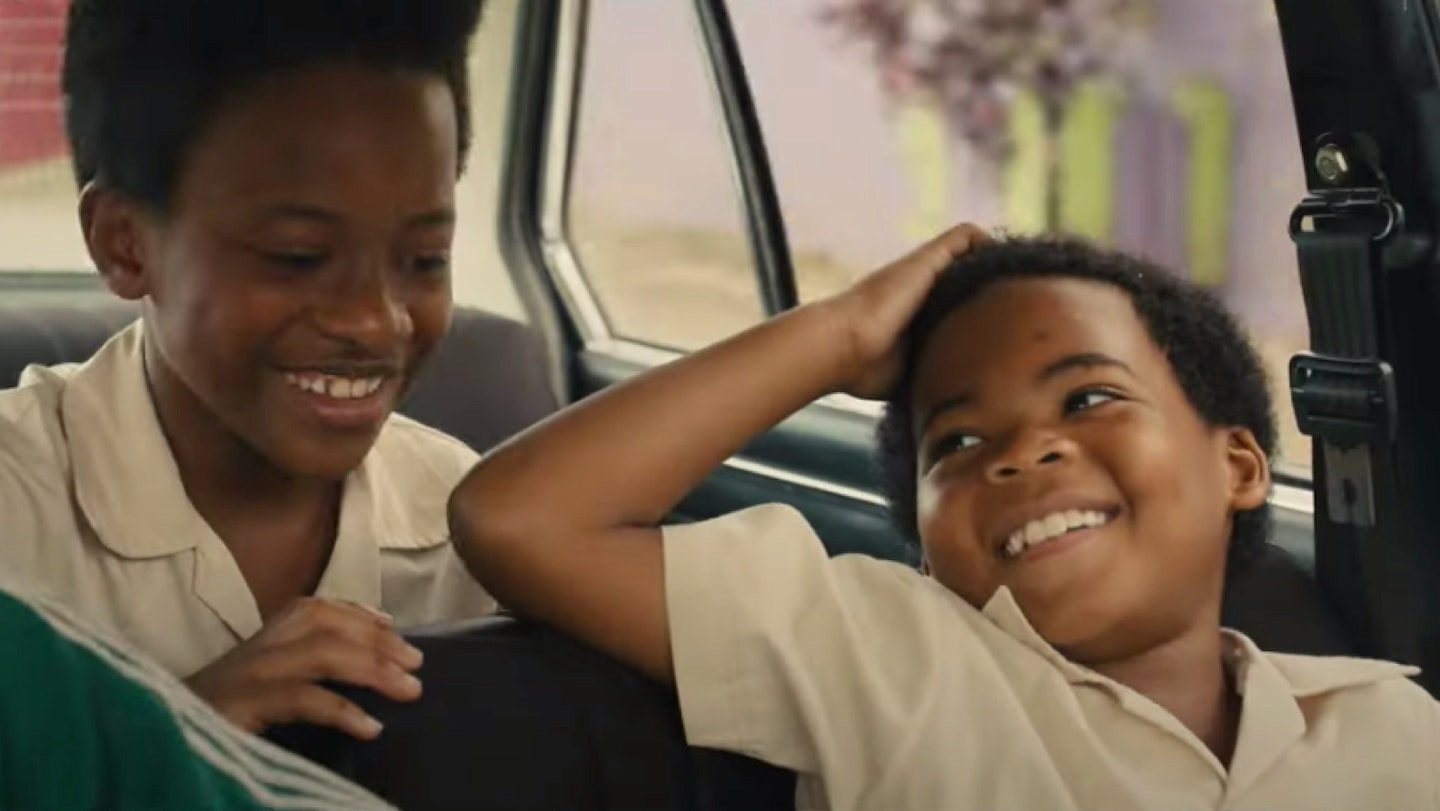
Marley's family were closely involved in the movie, especially son Ziggy, who had the surreal experience of seeing himself portrayed at a younger age on screen.
"Ziggy’s a producer, he was on set every day and I couldn’t ask for a better producing partner to be frank," Green says. "He respected me as a director in my space and how I work but just wanted to be supportive, to help to be a resource and he was in every single way. He’s also lived a lot of that, he was maybe 10-12 years old at the time, but he has memories of his father, he was one of the older ones. His memories are not just from the internet, there are things, how Bob would move, how he’d walk, how he would cross his legs. The details, those character nuances you cannot get from just watching an interview with Bob. There’s the interview version of Bob, and then when the camera shuts off, what’s that guy?"
The family involvement also meant access to Marley's surviving friend circle, which helped immensely in trying to get the details right.
"We had so many people on the inside who were in rooms with him," Green explains. "I was able to corroborate — 'these seven people said the same thing, so it must be right.' Everybody has a different version of Bob and that’s just the reality of making a film, everybody’s memory is fuzzy, you’re trying to find the truth, the underlining thing, the common denominator that everyone is saying, those are what I was looking for in trying to craft what you’ll see in the film."
Bob Marley: One Love will be in UK cinemas on 14 February.
